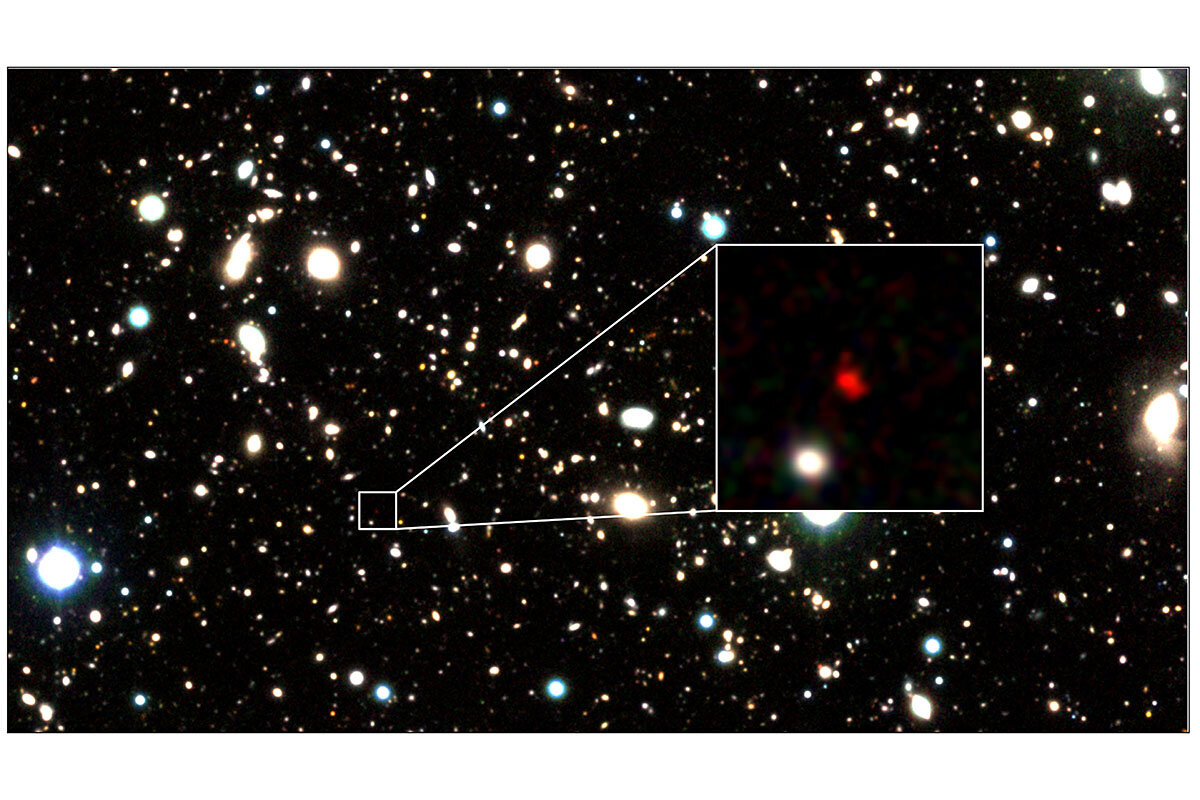Dinosaur fossils that ‘should not exist,’ and nearing the big bang

 Mark Sappenfield
Mark Sappenfield
By its nature, science reveals the extraordinary. But there are moments when it opens windows that astonish even scientists themselves. Today might not go down in the history books, but two new discoveries are a reminder of how science can peel back layers of the extraordinary.
In one find, paleontologists in North Dakota say they have uncovered fossils of creatures that died the day an asteroid hit the Earth 66 million years ago, wiping out the dinosaurs. Among the highlights is an almost perfectly preserved dinosaur leg with skin still intact, and the remains of fish that appear to have breathed debris from the asteroid impact more than 1,800 miles away. “This really should not exist and it’s absolutely gobsmackingly beautiful,” Phil Manning, a professor at the University of Manchester who is working with the researchers, told the BBC’s “Today” radio program. “I never dreamt in all my career that I would get to look at something a) so time-constrained, and b) so beautiful, and also tells such a wonderful story.”
Elsewhere, astronomers have found what might be the oldest galaxy ever seen – some 13.5 billion light-years away. If confirmed, that would mean we’re looking at a galaxy only 330 million years after the big bang, when the universe was still taking baby steps toward what it would become.
Fabio Pacucci of the Harvard-Smithsonian Center for Astrophysics told The New York Times he’s as “excited as a kid who spots the very first firework in a magnificent and highly anticipated show.”
From North Dakota to the edges of space, science’s show of discovery never fails to amaze.




